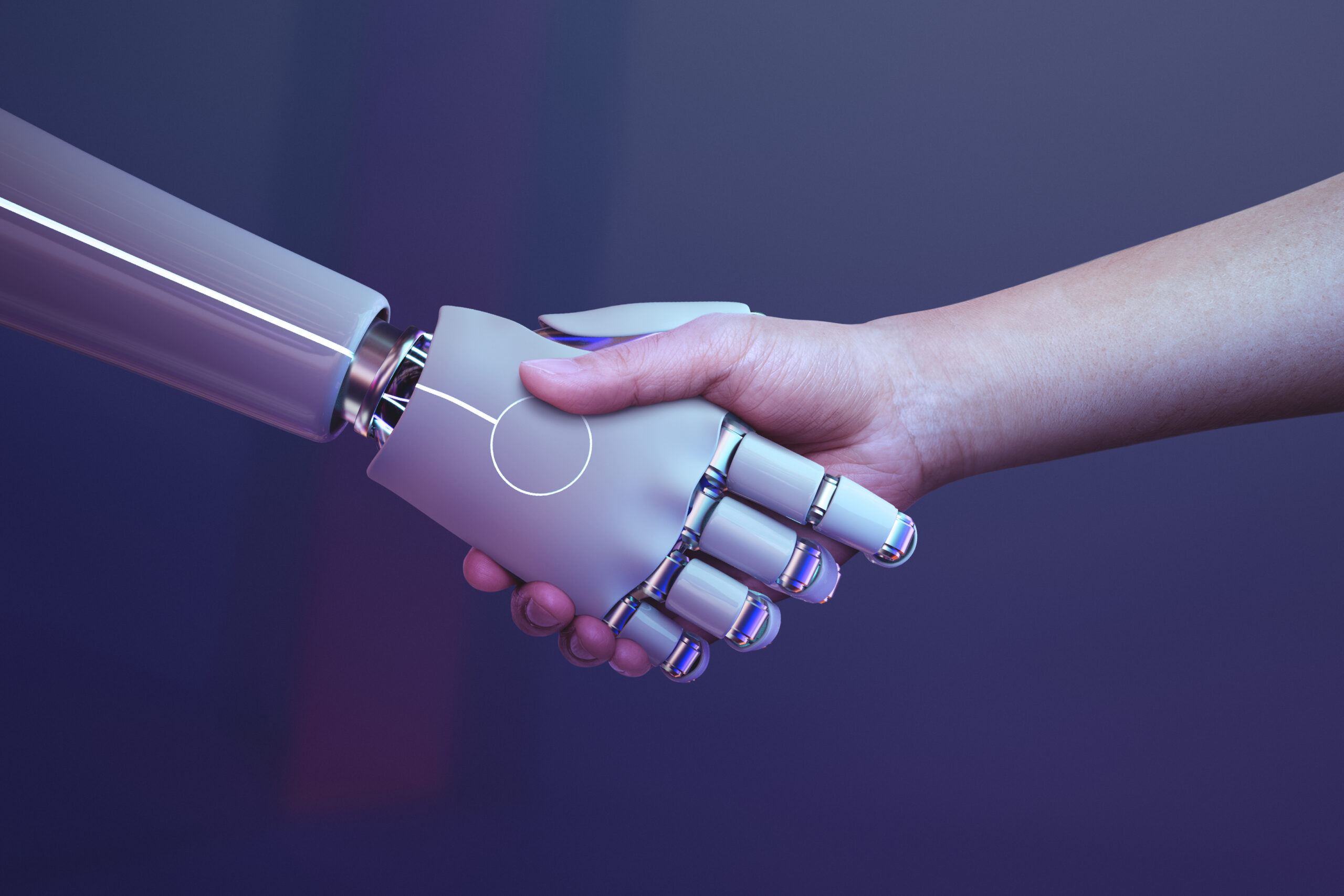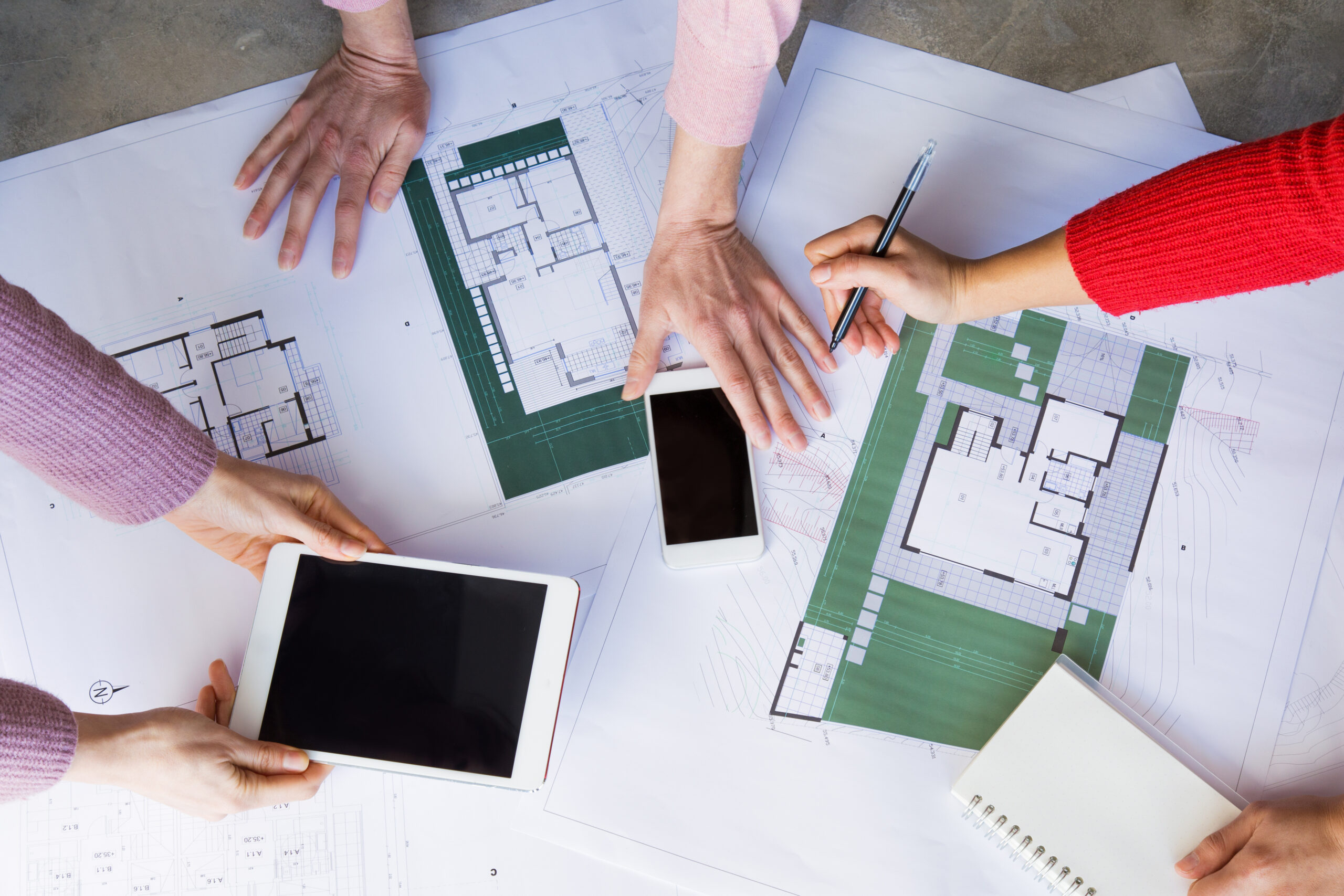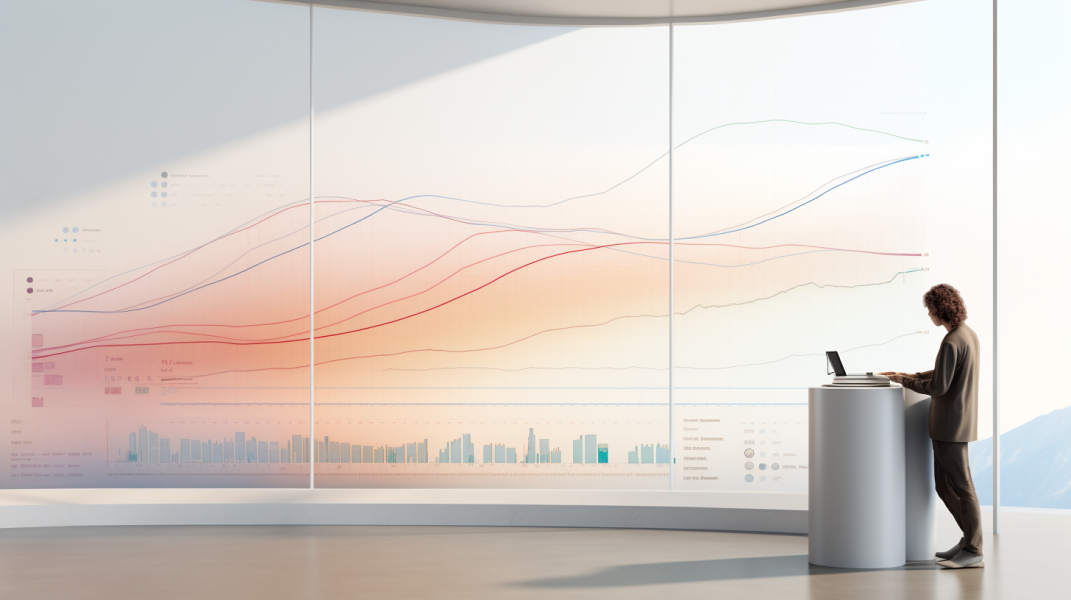The Future of Architecture with Generative AI: automated Floorplan Creation
Introduction to Generative AI in Architecture
Generative AI refers to artificial intelligence systems that utilize machine learning algorithms to generate new, original content. In architecture, generative AI allows computers to autonomously design and optimize architectural projects by learning from vast datasets.
While generative AI is still an emerging field, it has already been applied in a variety of domains beyond architecture, including art, music, and drug discovery. The rapid advancements in deep learning and neural networks have enabled AI systems to gain creative capabilities that were once thought to be uniquely human.
In the architecture industry, generative AI shows immense promise in automating repetitive design tasks, generating design options, and enhancing architects’ workflows. Specifically, generative AI can be applied to conceptual massing studies, building layouts, facades, interior designs, and even technical drawings.
One of the most popular current applications of generative AI in architecture is automated floorplan generation. Architects can input high-level parameters like number of rooms, dimensions, relationships between spaces etc., and generative AI systems can output multiple floorplan options that meet the criteria.
As generative AI continues to mature, it may transform architecture by augmenting human creativity rather than replacing it. This technology will likely never fully automate the deeper creative aspects of architectural design. However, it can certainly enhance efficiency, allowing architects to spend more time on the qualitative, subjective parts of their work.

Understanding Generative AI in Floorplan Creation
Generative AI refers to artificial intelligence systems that utilize neural networks to generate new, original content. In architecture, generative AI can be applied to automate the floorplan creation process. Here’s a detailed explanation of how it works:
Model Training
First, a generative AI model is trained on a large dataset of existing floorplans. The model analyzes the patterns, spatial relationships, adjacencies, and other features found within the floorplans. Through this analysis, the AI learns the “grammar” of architectural floorplans and interior layouts.
User Input
Next, the user provides high-level input about the desired floorplan, such as the number of brainstorm rooms, pantries and other spaces, overall square footage, site boundaries, etc. The trained AI model uses this input to understand the spatial requirements and constraints.
Floorplan Generation
Leveraging its learnings from the training data, the generative AI model begins generating floorplan options that match the user’s requirements. The AI generates layouts using its knowledge of spatial relationships, circulation patterns, room adjacencies, and more. The user can provide feedback to refine the generated layouts.

Example
Some examples of companies using generative AI for automated floorplan creation include:
- Laiout – Based in Oslo, the construction tech startup has developed a tool that can generate floor plans in milliseconds all while adhering to architectural and regulatory constraints.
- QbiQ – qbiq’s floor layout options, comparisons, and 3D Tours increase tenant engagement and help them make a quick and more informed decision
The ability to automate floorplan creation enables architects to quickly iterate through design options. By leveraging AI, floorplans can be generated that meet functional requirements in an efficient manner.
Benefits of Using Generative AI for Floorplan Creation
Generative AI can provide significant benefits for architects during the floorplan creation process. Here are some of the key advantages:
1. Faster Design Iterations
One of the biggest benefits is the ability to quickly generate and iterate through many design options. Generative AI systems can churn through thousands of potential layouts in the time it would take an architect to sketch just a few by hand. This rapid iteration allows architects to thoroughly explore the design space and arrive at an optimal floorplan faster.
2. Labor Cost Savings
Generative AI also has the potential to reduce labor costs associated with repetitive floorplan drafting. Rather than manually laying out each room, hallway, and stairwell, this work can be automated by the AI. Architects can then focus their efforts on higher-level design decisions.
3. Enhanced Design Quality
With the ability to analyze vast datasets, generative AI systems can codify design principles and patterns. This allows the AI to synthesize new layouts that adhere to best practices. The AI can also incorporate site-specific data, building requirements, human behavior models, and other inputs to enhance design quality.
4. Novel Solutions
While adhering to design principles, generative AI can also explore creative options outside the architect’s usual repertoire. By combining and rearranging spatial elements in new ways, the AI can arrive at novel layout solutions an architect may not have thought of.
5. Optimized Designs
Generative AI systems can optimize floorplans for multiple criteria simultaneously. For example, the AI could maximize daylighting, minimize plumbing costs, and optimize adjacencies based on how spaces will be used. This multi-objective optimization leads to designs not possible through manual means.

Future Trends in Architecture with Generative AI
Generative AI is rapidly transforming the field of architecture. Here are some of the key trends we can expect to see in the near future:
Increased Personalization and Customization
As mentioned above, generative AI allows architects to easily create countless iterations and variations of a design. This means buildings can be highly customized to the specific needs and preferences of clients. Floorplans will no longer be confined to set templates – they can be generated on demand to perfectly fit the desired functionality.
More Efficient Design Processes
Generative AI has the potential to automate many tedious and time-consuming tasks involved in design. Architects will be able to generate and analyze many more options in a shorter timeframe. This will allow them to spend more time on higher-level creative tasks.
Novel and Unconventional Designs
The ability of AI to think outside the box while analyzing large datasets in a small amount of time leads to more experimental, avant-garde building designs that the architect may not have been able to come up with.
Sustainability and Energy Efficiency
As generative AI is trained on more data related to sustainability – such as lighting, ventilation, materials etc – it will be able to automatically generate optimal green building designs. This will help make energy efficiency a default in the architecture process.
New Collaborations Between AI and Architects
Rather than replace architects, generative AI will work alongside them as a “co-designer”. The strengths of human creativity and emotions will be combined with the computational power and objectivity of AI. This human-AI collaboration will push architecture to new heights.
As generative AI continues to develop, we can expect it to revolutionize nearly every stage of the architectural design process. The future of architecture will be shaped by this emerging technology in ways we can only begin to imagine.

Challenges and Limitations of Generative AI in Architecture
While generative AI holds great promise for architecture, there are some challenges and limitations to consider. Here are some of the main ones:
Lack of Contextual Understanding
One of the biggest limitations is that AI systems currently lack the contextual understanding needed to make truly informed design decisions. For example, an AI may generate a layout that looks good on paper but fails to account for important factors like sunlight, views, accessibility, etc. Architects provide critical human oversight to ensure designs are functional and meet client needs.
Bias in Training Data
Like any AI, generative architecture systems are only as good as their training data. If that data contains biases, these will be reflected in the AI’s outputs. Diversity and quality of data are essential to prevent biased and limited results.
Legal and Ethical Concerns
There are open questions about copyright and intellectual property for AI-generated designs. Additionally, some argue generative design removes human creativity from architecture. These legal and ethical concerns must be addressed as the technology evolves.
Lack of Personalization
Even advanced AI cannot yet achieve the personalization and customization provided by human architects for a specific client and site. Generative AI is best leveraged for inspiration rather than final designs.
Required Technical Expertise
While improving, generative AI still requires specialized technical expertise to implement, train, and integrate effectively into architectural workflows. The technology is not yet plug-and-play for the average architect.
With care and oversight, architects can mitigate these limitations and thoughtfully leverage the advantages of generative AI. As the technology matures, some constraints may lessen over time. Overall, striking the right balance of human creativity and AI capabilities will be key to realizing the promise of generative design.

How to Integrate Generative AI into Your Architectural Workflow
Integrating generative AI into architectural workflows can seem daunting at first, but with the right approach, it can be adopted smoothly. Here are some practical tips for architects looking to leverage generative AI:
Start small and focus on specific applications
Rather than trying to overhaul your entire design process, pick one narrow application like floorplan design to focus on initially. Get comfortable with the generative AI technology in a contained environment before expanding its use.
Invest in the right software and hardware
Investing in the right tools is crucial for integrating generative AI into your workflow. The choice of software depends on your specific needs and the complexity of your projects.
Four tips to start with:
- Learn and Understand AI Principles: While you don’t need to be a computer scientist, having a basic understanding of how AI works can be beneficial. This includes understanding what machine learning is, how neural networks function, and how generative AI uses these technologies to create new designs. Many online courses are available to learn these concepts.
- Collaborate with AI Specialists: Consider collaborating with AI specialists who can help you integrate generative AI into your workflow. They can provide valuable insights into the technology and guide you through the implementation process. This collaboration can also help bridge the gap between architectural design and AI technology.
- Iterate and Refine: As with any new tool, expect a period of trial and error. It will take time to fully understand how to use generative AI in your practice effectively. Be patient, keep experimenting, and continuously refine your approach based on your experiences.
- Train Your Team: Training your team is an essential part of the integration process. Ensure that everyone understands the potential benefits and limitations of generative AI, and how it fits into your existing workflow. Provide hands-on training sessions to help them get comfortable with the new technology.

Conclusion
The advent of generative AI in architecture marks a significant shift in how buildings are designed. By automating repetitive tasks and providing novel solutions, generative AI allows architects to focus more on the creative aspects of their work. While there are challenges and limitations, the potential benefits far outweigh these. As the technology continues to mature, it will undoubtedly play an increasingly important role in shaping the future of architecture.
The key to successfully integrating generative AI into architectural practice lies in understanding its capabilities and limitations, investing in the right tools, and adopting a gradual, iterative approach to implementation. With careful planning and execution, generative AI can become a valuable co-designer, pushing the boundaries of what’s possible in architectural design.
Generative AI in architecture is not just about creating efficient designs – it’s about opening up new realms of creativity, enhancing the quality of our built environment, and ultimately shaping a better future.
If you are curious to find out what role Artificial Intelligence plays on the Reworc platform and how it helps you create human-centric work environments, Contact us!
Other posts

The future of work: crafting a winning hybrid working workplace strategy

Enhancing Organizational Health and Performance: A Holistic and Evidence-Based Approach

